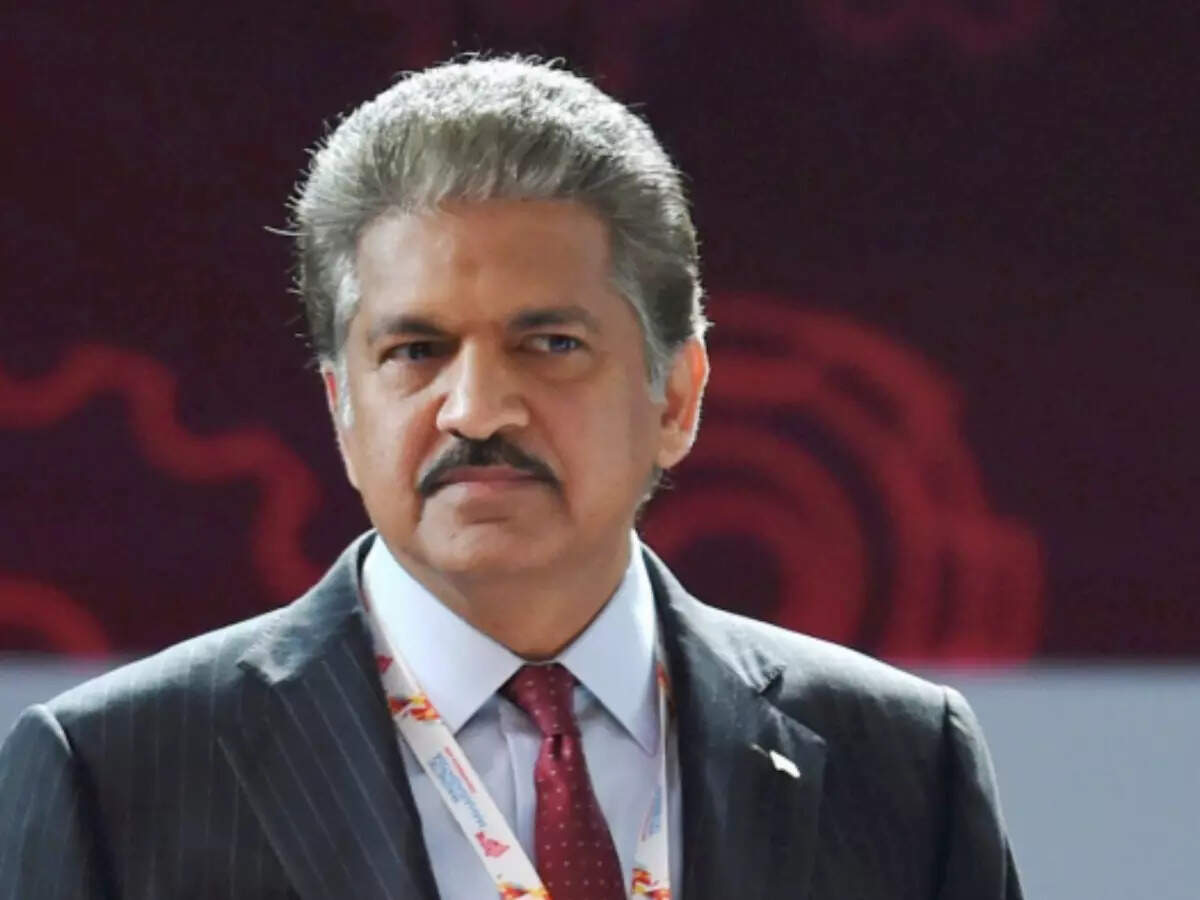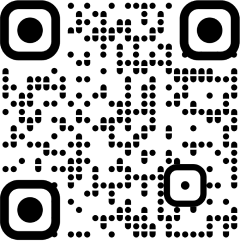
Delhi has been hit hard by skyrocketing levels of air pollution.
As per a report by SAFAR, the AQI (air quality index) of India’s capital has become alarmingly high. It is the most polluted city in India currently with AQI crossing 400 in regions such as Rohini, RK Puram, Patparganj etc.
Business tycoon Anand Mahindra recently shared a viable solution to reduce air pollution levels in Delhi.
Taking to X (formerly Twitter), the Mahindra Group chairman wrote, “To heal Delhi’s pollution, Regenerative Agriculture MUST be given a chance. It provides a remunerative alternative to stubble burning while simultaneously increasing soil productivity. @VikashAbraham of @naandi_india stands ready to help. Let’s do it!”
The post went viral on the microblogging site, garnering more than 250K views. One user wrote that the use of Artificial Intelligence or AI in the agricultural sector can do a lot in reducing pollution and minimising the emission of waste.
“The use of AI in agriculture, especially in the context of regenerative agriculture, is a promising solution for addressing pollution and enhancing sustainability.
AI can help optimize crop management, monitor soil health, and reduce the need for harmful practices like stubble burning.
This approach benefits both the environment and farmers by increasing soil productivity and promoting a more sustainable future for Delhi and beyond, “ reads the post.
What Is Regenerative Agriculture?
A holistic approach to agriculture, regenerative agriculture combines land management, social justice, and environmental protection, along with boosting produce and generating profits.
Some key practices in regenerative agriculture include intercropping or planting several crops at once, together, integrating livestock nurturing with agroforestry etc.

